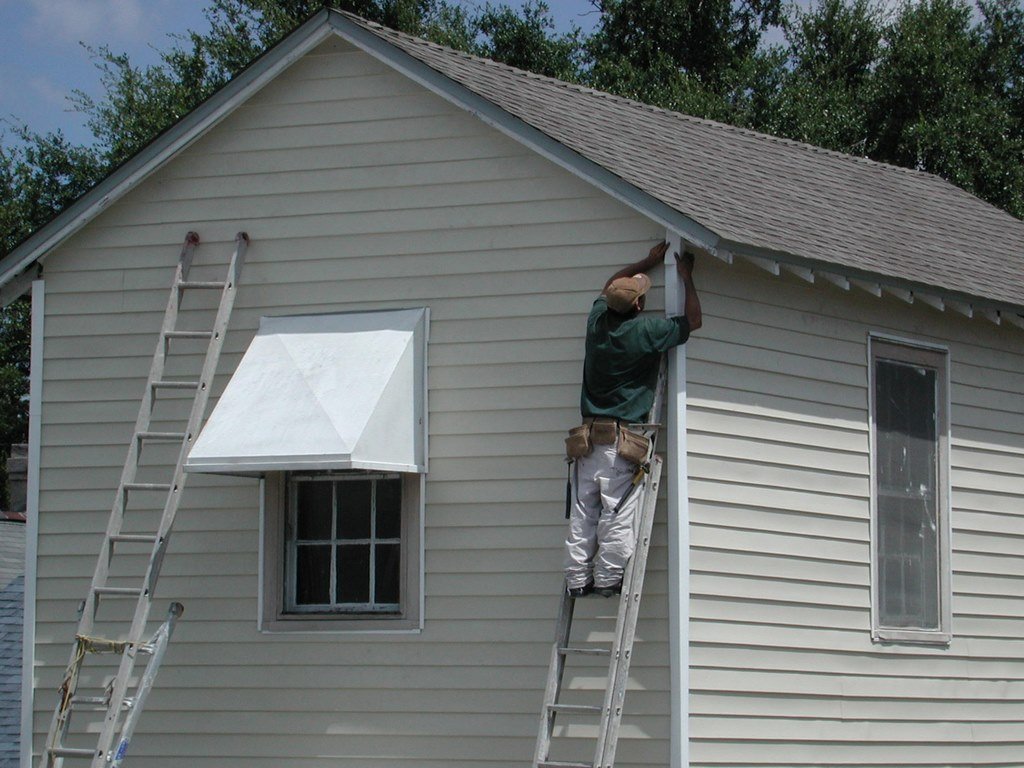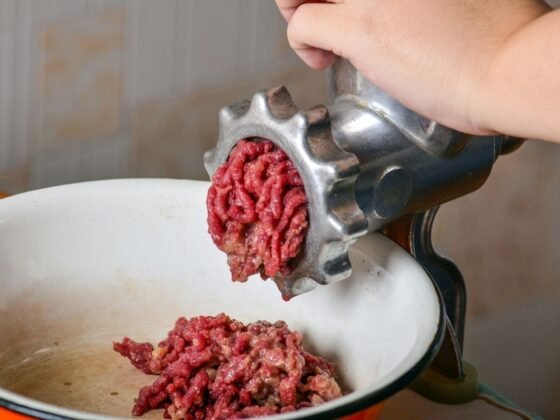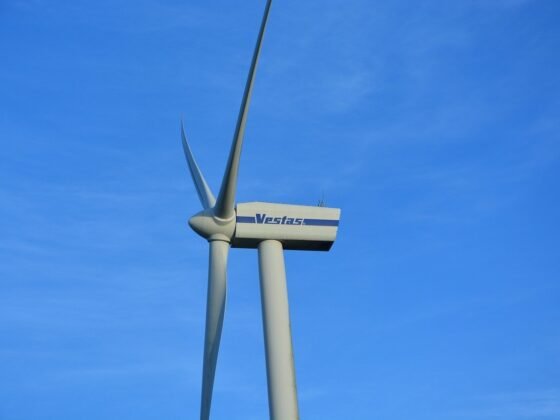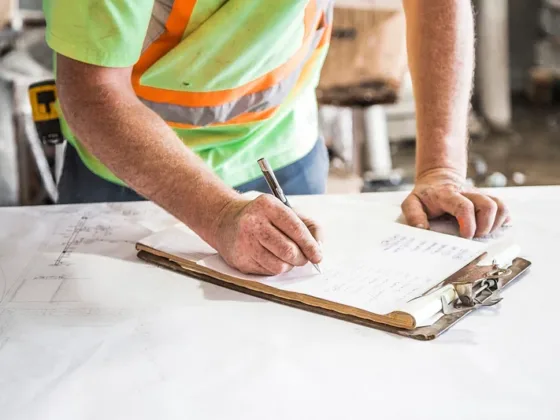Table of Contents Show
Your home siding has had a good run but you’re seeing rotted places and a few of the boards are starting to warp and crack. For the safety of your family, it’s time to have a replacement installed.
As you do your research, the same two materials always pop up. When comparing vinyl siding vs fiber cement, which one is better? They are two of the most popular siding options but they can’t be more different.

They both vary when it comes to aesthetics, eco-friendliness, cost, and energy effectiveness. To help you decide on your siding option, check out this guide to learn a little more about both.
What is Vinyl Siding?
Before you get into deciding factors like energy savings and curb appeal, it’s important to know what you’re looking at as far as materials go. First, we’re going to talk about vinyl siding. Vinyl siding is made out of PVC.
If you’re unfamiliar with what PVC is, it’s sturdy plastic. It’s placed on your home in a way in which it can breathe and expand as the temperatures in your area change.
What is Fiber Cement?
Fiber cement is created using a mixture of wood pulp, sand, water, and Portland cement. The result is thick, sturdy boards.
Once the material is installed (or even before), a finish needs to be applied to help this sliding replacement option stand up to the elements and last for years to come.
Read Also:
Curb Appeal
As you can tell from their descriptions, both materials offer durable protection but how do they stand up to curb appeal? Fiber cement can be stained and painted whatever color you want. Vinyl can’t so whatever color you get is the color you have to stick with.
Fiber cement siding also looks like legit wooden planks because of how thick the material is. Vinyl doesn’t. This doesn’t mean that vinyl isn’t pretty to look at.
It comes in hundreds of colors and styles so you’re sure to find something that fits the unique aesthetic you want to go for. You can get one that has a wooden finish. It can’t mimic the thickness of wood-like fiber cement can but it will pass for the real thing.
Energy Savings
When you compare fiber cement siding with vinyl there is one thing that they both do have in common. They both have nothing going for them in terms of insulation which doesn’t do your power bill any favors. They will serve their purpose of keeping the elements out but that’s about it.
That is unless you go with a specific vinyl siding option. The contractors will place a thin layer of foam between the vinyl and your house. This will keep your home nice and cool during the summer and stop your AC from working quite as hard.
Which is More Durable?
As we said above, both vinyl and fiber cement are durable materials but which one is more durable? It depends on your needs and how the siding is installed.
Vinyl siding is water-resistant so you don’t have to worry about mold unless the installation process wasn’t done right. If there are any gaps left, water can sneak in and cause molding behind the vinyl material.
It’s still less likely to attract mold than fiber cement which absorbs water. If you live in an area that sees a lot of heat it might warp your vinyl siding. Fiber cement won’t warp but it does crack easily.
Vinyl is pretty much invulnerable to cracks but punctures are another story. Vinyl burns slowly when a fire breaks out but fiber cement doesn’t really burn at all.
Basic Maintenance
Where vinyl siding wins out is the easy maintenance. You’ll need to spray down your siding with soap and water every now and again to clean it but that’s about it.
Fiber cement has to be caulked and painted when it’s installed unless you opt for prepainted material in which case, that’s a step that you can skip. Still, paint fades so to keep up your curb appeal you’ll have to put on a fresh coat more often than you might like.
You also have to perform regular caulking in order to stop moisture from getting in and creating mold. It’s a lot of work.
Which is Cheaper?
Let’s talk about your wallet. What’s the overall fiber cement siding cost vs vinyl? Vinyl costs around 2-7 dollars per square foot whereas fiber cement costs about 5-9.
This means that vinyl is the cheapest option but not because the material is lacking in quality. It’s the installation process where you save money.
Vinyl is lightweight and for the most part, can be placed right over your old home siding. There are no special tools needed to get the job done and the material is a lot cheaper to produce and transport.
Fiber cement siding is heavy so it takes multiple people to come out and install it. There’s also a lot of special tools involved and the material has to be painted and caulked.
Eco-Friendly
Vinyl is made using plastic and harmful chemicals that seep into the environment while the material takes centuries to break down in landfills. It’s true that less power and energy go into the production of vinyl but it’s still way less eco-friendly than fiber cement.
Fiber cement breaks down faster than vinyl and it doesn’t do near as much damage to the environment while it does.
Vinyl Siding Vs Fiber Cement: Which is Better for You?
Vinyl siding Vs fiber cement? Which one is better for your home? They both have their unique sets of advantages and disadvantages. Your choice all depends on what your needs are, how much you can spend, and which material can stand up to the weather your hometown as to offer.
If neither works for you, we’ve got a list of other options that might. Check out our blog daily for all the latest in home siding.









